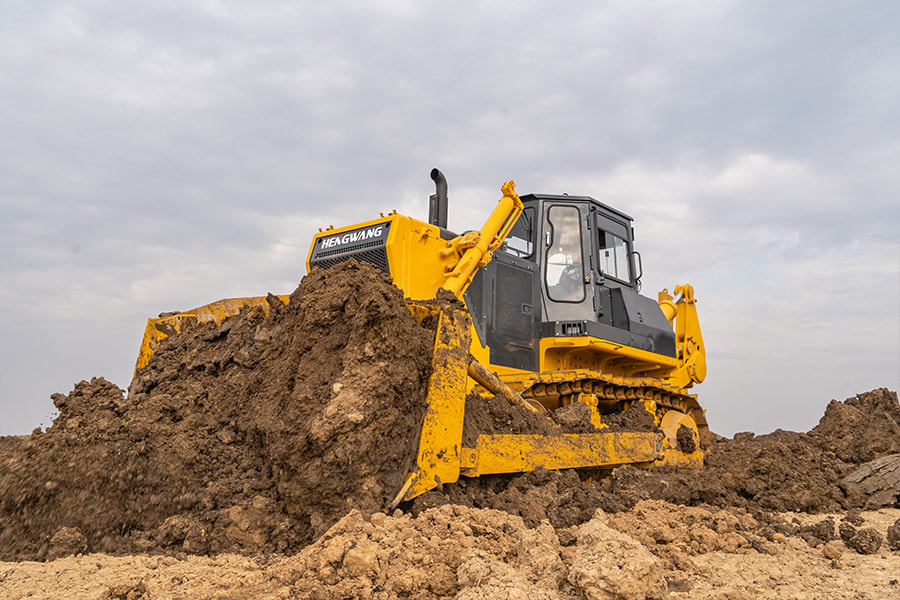
Step One: Define Project Requirements
Before choosing a bulldozer, it's crucial to clarify your project requirements. Factors such as the scale, power, operational speed, and maneuverability
directly impact your choice. For smaller land clearing tasks, a lightweight bulldozer may suffice, while larger construction projects may demand a
more robust, heavy-duty bulldozer.
Step Two: Consider Terrain and Working Conditions
Terrain and working conditions are pivotal factors in selecting a bulldozer. Different terrains may require specific types of tracks or tires to ensure
stability and efficient operation. Additionally, factors such as the size of the construction site, obstacles present, and surrounding environmental
conditions should be taken into account when choosing the appropriate model and configuration.
Step Three: Performance and Technical Specifications
The performance and technical specifications of a bulldozer directly determine its operational efficiency. Pay attention to metrics such as power
output, blade dimensions, digging depth, and the stability of hydraulic systems to evaluate suitability and effectiveness. Moreover, consider modern
bulldozer technologies such as automatic balance control, GPS navigation systems, and other smart features that can enhance precision and efficiency.
Step Four: Maintenance and Service Support
After selecting a bulldozer, maintenance and service support are crucial considerations during its operational lifespan. Ensure that the bulldozer
brand provides reliable aftersales service, including spare parts availability, technical support, and regular maintenance plans. This ensures lower
operating costs and prolongs the equipment's lifespan.